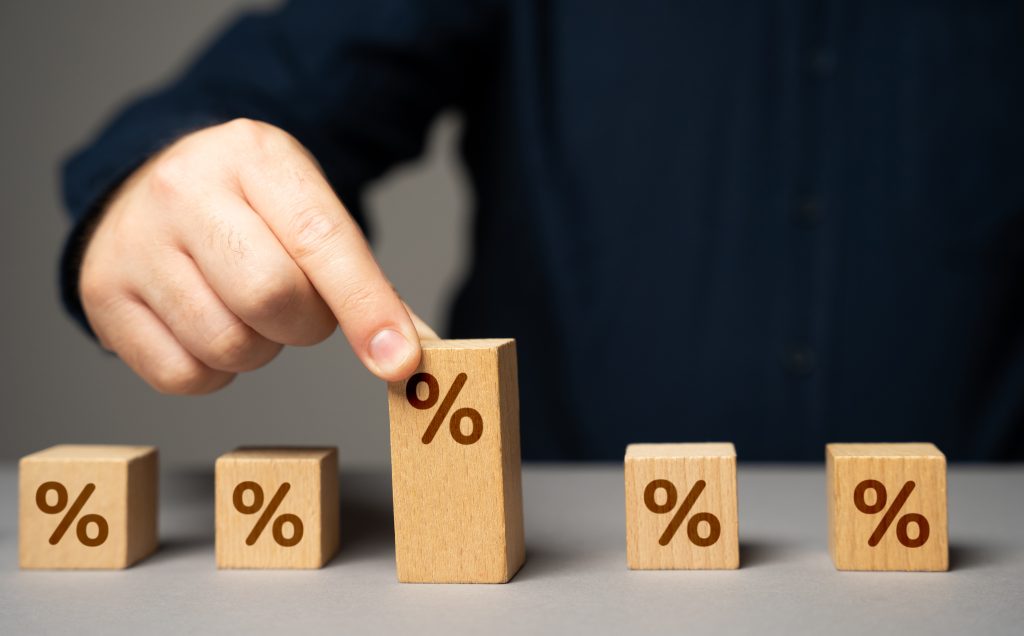Economies continuously grow or fall with each passing year, and in viewing relevant statistics and date for these kinds of information, the S&P is deemed as a benchmark for viewing this kind of information. This blog will discuss the S&P’s statistics and data for the economic data of the Philippines and Asia-Pacific countries. If you are interested in finding out about this information from your house and lot for sale in Cabuyao Laguna, then this blog may be interesting to you.
What is S&P?
S&P is the abbreviation for Standard & Poor’s, a financial analysis and research organization that produces indexes of global financial markets. Their analyses comprise data on the credit ratings of companies, in which credit ratings refer to the “credit trustworthiness” of said companies to fulfill their financial organizations in the market.
S&P is the leading organization in the field of global market research and analyses. Therefore, their data is typically viewed as a global benchmark for assessing the credit rating of companies on the global level. For this blog, we will be discussing the S&P data on companies from the Philippines.
Reduction of interest rate by the Philippines’ Bangko Sentral ng Pilipinas
The Bangko Sentral ng Pilipinas of the Philippines is evaluated to possibly enact a rate cut for the coming year of 2024. A rate cut is an instance when the central bank of a country, such as the Bangko Sentral ng Pilipinas in the Philipppines, decides to make a reduction of its main interest rate. A decision like this by the Bangko Sentral ng Pilipinas of the Philippines is done in order to impact the rates of financial transactions of all other financial institutions in the Philippines.

According to S&P, the Philippines’ Bangko Sentral ng Pilipinas has become the Asia region’s “most aggressive central bank,” in which it is reported that for the Philippines, the Banko Sentral ng Pilipinas has the possibility of making a reduction of main interest rate of “75 basis points” in the year 2024. This decision by the country’s central bank is expected to influence the Philippines’ economic inflation rate and to “prevent supply-side price pressures” from having further effects.
Context behind the Bangko Sentral ng Pilipinas’ rate cut
According to the Bangko Sentral ng Pilipoinas, the Philippines has an inflation rate of 6.4% in the latest evaluation last Januaryto October of 2023. For the best interest of the Philippines’ economic growth, the Bangko Sentral ng Pilipinas’ target is in the 2% to 4% range of inflation rate only.
During November, the top financial brass made the decision to leave the country’s interest rate on its current route because of the assumption that the inflation rate may moderate on its own. The inflation rate, however, went beyond the Bangko Sentral ng Pilipinas’ target inflation rate for the Philippines.
The performance of the Philippines’ economy in the S&P
Assessment from the S&P states that the Philippines’ 2023 economic growth reached 5.4% wherein the Philippines will be a strong player in the Asia-Pacific region’s economy; although this fell short of the 6% to 7% goal of the country’s government. For 2022, the economic growth was reported at 7.6%, which means that there was a decline in the rate of economic growth this 2023. For 2024, on the other hand, there is a projection of 5.9% economic growth for the Philippines.
Reports state that changes in the consumer price index are observed as much as 4.7% in July to 4.9% in October. Given this, there is a predicted growth of credit of up to 10% to 12% for the country in 2024, with economic growth possibly surpassing that which was observed this year. For credit losses, evaluation by the S&P states that gross loans of 0.6% to 0.7% may occur for 2024, and that the banks of the Philippines currently has a a low risk for “unsecured consumer loans and small business loans.”
The Philippines in relation to its Asia-Pacific peers
Among other players in the Asia-Pacific region, other countries are also assessed by the S&P to have significant changes. China, in particular, is observed to have a 4.6% economic growth next year, with India potentially possessing economic growth of 6.4% up to 7.0% up until the year 2026. Moreover, Malaysia is evaluated to have an economic growth of 4.5% while Indonesia is projected to have a 4.9% economic growth for next year.

A significant factor that is observed in the economic growth of countries is the Asia-Pacific region is the increased effectivity of labor markets. “Service sectors and robust labor markets” in the Asia-Pacific region that have been bolstered by increase domestic demand after the Covid 19 pandemic have been observed to impact respective economies.
The universal concern of the inflation rate
For all countries in relation to their economic growth, the inflation rate seems to be of high consideration. For the Bangko Sentral ng Pilipinas in particular, a rate cut is projected to be enacted in order to impact the financial institutions of the country. A hike in interest rate is observed to be an occurrence that countries aim to avoid, and in the countries India, Philippines, and Australia, a rising inflation rate is observed in their respective economies.
Furthermore, there are potential risks for the Asia-Pacific region’s inflation rates, particularly when it comes a reported prolonged El Nino. Although, there is an observed easing of inflation rates regardless of hikes in the price rates of food and energy; and this may have served to benefit you in your house and lot for sale in Cabuyao Laguna.
Purchasing Managers’ Index (PMI)
S&P has shared its evaluations on the Asia-Pacific region’s PMI data. PMI, in particular, provides data on the “direction of economic trends in the manufacturing and service sectors.” For the Asia-Pacific region, there is a reported continuous expansion; for Southeast Asia, specifically, a PMI of 52.4 was observed in the Philippines during October 2023, which is viewed as an improvement. According to one source, a PMI data that exceeds a value of 50 correlates to “improvement in operating conditions.”
Conclusion
The economic growth rate for the Philippines is observed to be steady according to the data provided by the S&P, wherein the country observed a 5.4% growth rate for this year; and for next year, the Philippines may observe a 5.9% growth rate. Moreover, the country’s service sector operating conditions are seeing improvements according to the Philippines’ 52.4 PMI data, and the country’s Asia-Pacific peers are also observing improvements in their respective labor markets ever since post-pandemic demand has become more present.
Inflation rates are a usual concern, however, and the Bangko Sentral ng Pilipinas is projected to make a rate cut by next year in view of the country’s current inflation rate. Keeping updated with the country’s economic data from your house and lot for sale in Cabuyao Laguna may serve to benefit you in making informed financial decisions.


